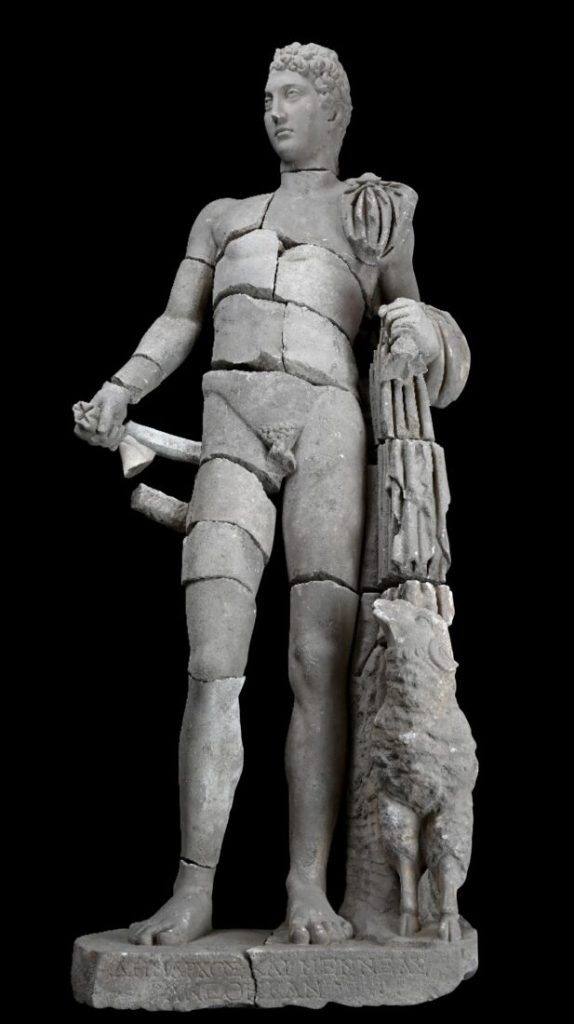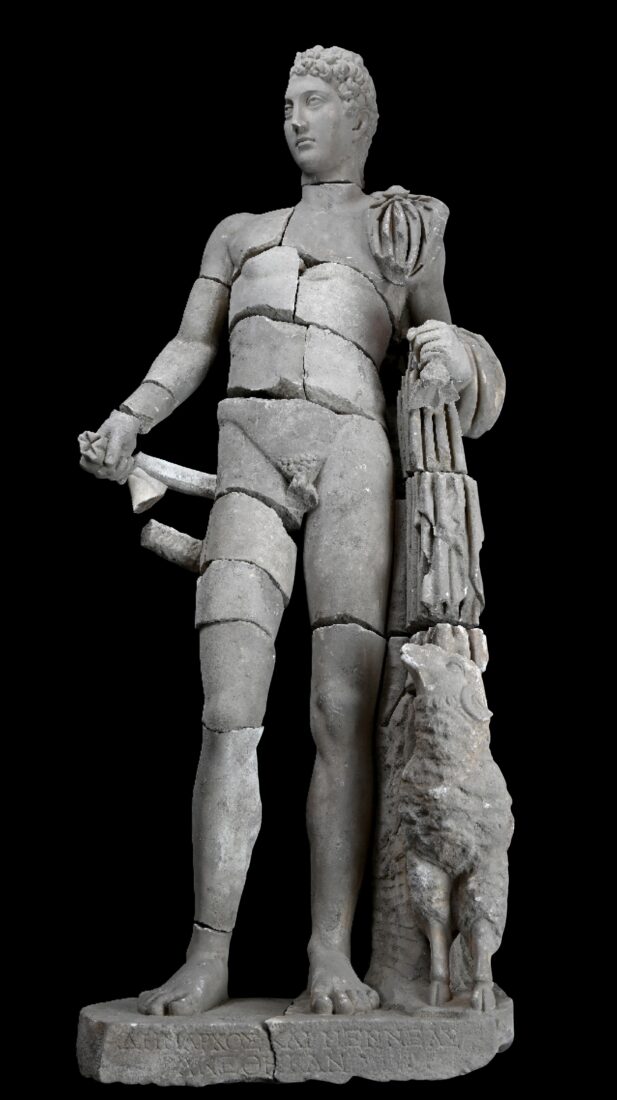
Archaeologists Reassemble Fragmented Ancient Roman Artifacts

In a fascinating display of archaeology, the Museum of London Archaeology (MOLA) is diligently reconstructing a significant historical find—a vast collection of Ancient Roman frescoes discovered in central London. This intricate installation, comprised of thousands of fragments, was unearthed in Southwark at a site set for redevelopment into a mixed-use complex known as Liberty.
The frescoes, originating from an early Roman building estimated to have been dismantled before 200 CE, present a grand “jigsaw puzzle” for archaeologists. Since the active excavation began in 2021, specialists have been meticulously piecing together painted plasters that once adorned approximately 20 walls. These efforts have started to reveal vibrant depictions of birds, fruits, flowers, and musical instruments, reflecting the artistry and cultural influences of the time.
MOLA’s Han Li shared the excitement and challenge of this project, noting it as a “once in a lifetime” experience. The completed reconstruction unveils wall paintings that provide unique insights into a space unseen since the late Roman period. The frescoed walls, termed the “Liberty Wall,” indicate a house of stature and cultured inhabitants, as suggested by motifs mimicking costly materials like porphyry.
Among the remarkable findings are rare signatures from the original artists, complete with the Latin “fecit,” meaning “has made this,” although individual names remain a mystery. Additionally, the presence of Greek “graffiti,” containing a complete alphabet, suggests literacy and cultural exchange, marking a significant archaeological record for Roman Britain.
The Liberty Wall frescoes open a vibrant window into the everyday life of ancient London, capturing the city’s historic diversity and sophistication.